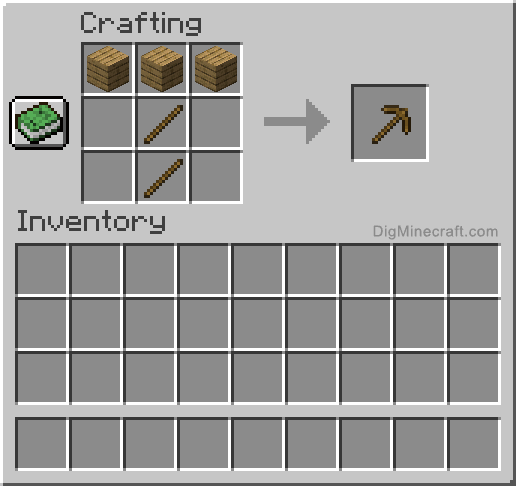Part 1: The Cognitive Revolution
Chap 1: An Animal of No Significance
In this book, "humans" denote all creatures in the homo genus. The modern human, Homo Sapiens, are called "Sapiens" in particular.2 million years ago, humans started having more brain power, but they were still in the middle of the food chain. 100k years ago, Sapiens appeared and they rose to the top of the food chain.
There used to be many species of humans, but only Sapiens remain now. The others got killed off or outbred. There are two theories: Interbreed (the humans interbred and merged into one species) and Replacement (Sapiens outcompeted the other humans who went extinct).
It seems like a bit of both happened, since only a small amount of interbreed happened based on DNA analysis so far.
It turned out that 1–4% of the unique human DNA of modern populations in the Middle East and Europe is Neanderthal DNA... up to 6% of the unique human DNA of modern Melanesians and Aboriginal Australians is Denisovan DNA.A 2017 study shows some interesting results. The Contribution of Neanderthals to Phenotypic Variation in Modern Humans (2017):
Neanderthal DNA affects skin tone and hair color, height, sleeping patterns, mood, and smoking status in present-day Europeans.
We don't know for sure how it happened, but 10000 years ago, only Sapiens remained. All other humans died out.
Also, it's interesting to note that the Interbreed theory threatens liberal humanism, which asserts that all humans are created equal. Humans' basis for equality is less certain if it turns out their biological makeup is not as equal as assumed. Suppose there are still different species of humans on earth, it'd be an even bigger problem.
Chap 2: The Great Leap Forward
About 70000-30000 years ago, Sapiens gained thinking and communicating ability, which gave them the Cognitive Revolution: They could cooperate in large groups flexibly, and that allowed Sapiens to conquer the world.Large group cooperation allows humans to do big, hard, and long-time things. Ants and bees can also do large group cooperation, but they are programmed by genes, and that program changes very slowly. Humans are flexible in their cooperation, allowing them to do many kinds of cooperation, because they could be programmed quickly by memes instead of slowly by genes.
Human minds are programmed mainly through imagined orders/collective fictions. They are not always lying, since these memes create their own environment. Money does have value, if enough people believe that. However, they do often falsely present themselves as more than just memes, but some kind of natural order. The Divine Right of Kings is a meme, but it pretends to be as real as gravity.
Sapiens biology have mostly stopped evolving since the Cognitive Revolution. After that, the evolution of Sapiens is the evolution of these imagined orders.
Chap 3: Being a Hunter-Gatherer
Evolutionary psychology says a lot of modern human behavior is because they have hunter-gatherer brains struggling to adapt to a very different world.All humans were hunter-gatherers during the period between 70000-12000 years ago.
The common impression that pre-agricultural humans lived in an age of stone is a misconception based on this archaeological bias [only stone tools survive]. The Stone Age should more accurately be called the Wood Age, because most of the tools used by ancient hunter-gatherers were made of wood.
 |
| The Wood Age |
It's hard to study ancient h-g people, since they didn't leave written records, only stone tools and fossils. Modern h-g people are already greatly changed by their interactions with modern people.
Still, we can figure out some things:
- They lived in small tribes of around 100 people, and the relations between tribes were weak.
- They moved a lot and didn't own many stuffs.
- They mostly gathered, not hunted.
- They were very skilled and knowledgeable of their environment. Actually human brains seem to have shrunk after the Agricultural Revolution.
- They didn't work hard. Even Kalahari desert tribes worked only about 40 hours/week.
- They ate a very varied diet, which protected them from malnutrition and famine.
- They did not suffer epidemics, due to low population density and high mobility.
They probably had animism beliefs:
- The world is full of agents that can communicate with each other, including humans, other animals, plants, rocks, natural phenomena, diseases, ghosts, etc.
- There ares no agents above everyone else. Not humans, or some greater gods.
The Sungir children showed that Sapiens had invented some complex social fictions 34000 years ago.


No comments:
Post a Comment